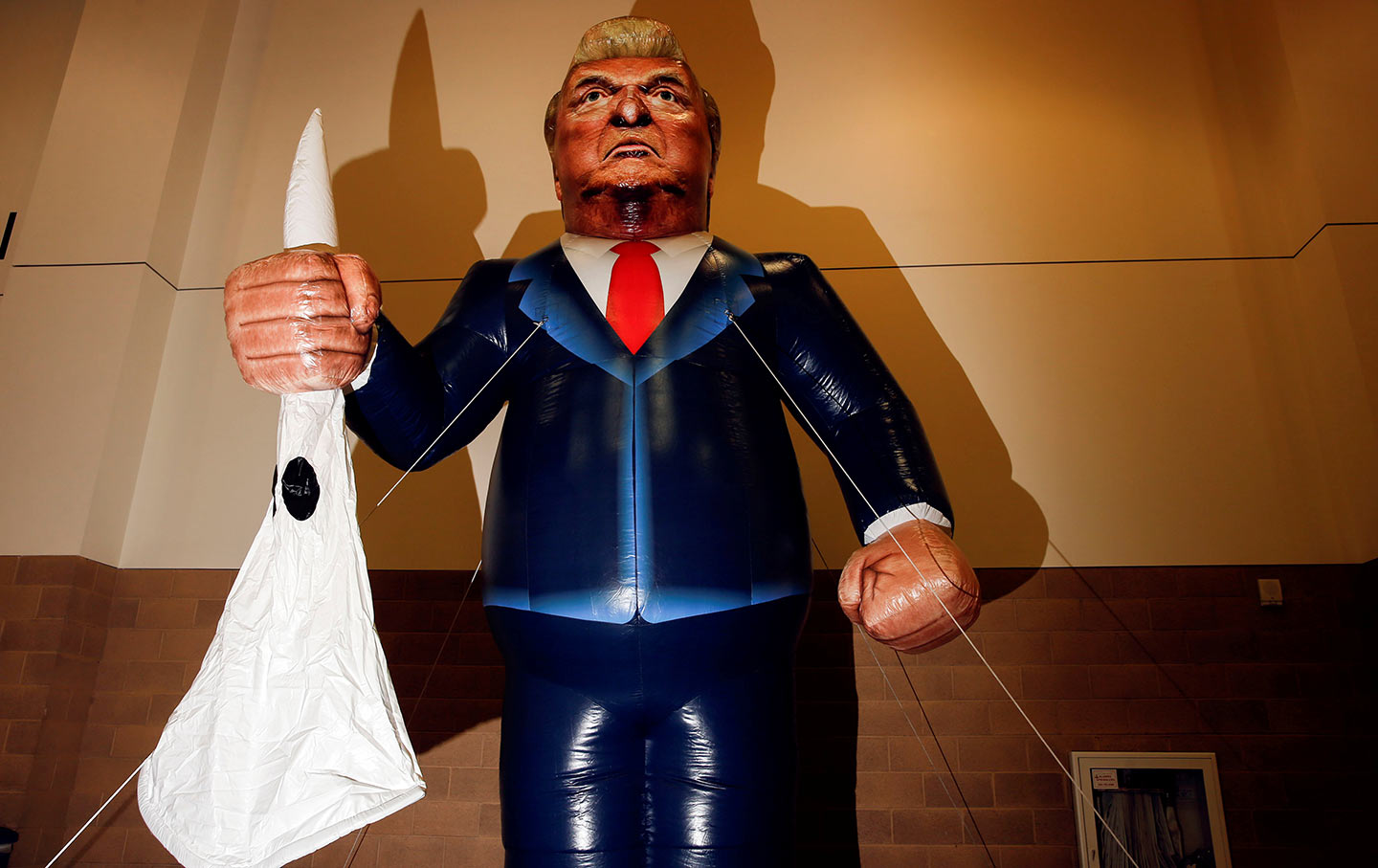
Ever wondered about the dark chapters in American history? Well, you’re not alone. The Ku Klux Klan, often abbreviated as the KKK, stands as a chilling symbol of racial hatred and violence. But how much do we really know about its origins, evolution, and impact on society? This article sheds light on 16 intriguing facts about the KKK that might surprise you. From its post-Civil War inception to its influence on modern-day America, we’re diving deep into the heart of this controversial group. Buckle up for a journey through time as we uncover lesser-known details about the KKK, challenging what you thought you knew. Ready to get started? Let’s dive in and unravel the mysteries behind this notorious organization.
Key Takeaways:
- The Ku Klux Klan, founded in 1866, aimed to restore white supremacy through violence and intimidation, influencing American politics and leaving a global legacy of hate and intolerance.
- Efforts to combat the KKK include legislation, civil rights activism, and community resilience, while education and dialogue play crucial roles in dismantling its legacy and promoting tolerance.
Origins of the Ku Klux Klan
The Ku Klux Klan, often abbreviated as the KKK, is a name that has echoed through the annals of American history, synonymous with fear, hatred, and division. This organization’s roots trace back to the post-Civil War era, specifically the year 1866. Born in the Southern United States, its founders were six Confederate veterans from Pulaski, Tennessee. Initially, it seemed like a fraternal social club, but rapidly, its purpose morphed into something far more sinister.
- The KKK aimed to restore white supremacy through intimidation and violence, targeting African Americans, along with white supporters of Reconstruction and other marginalized groups.
The KKK’s Symbols and Rituals
Symbols and rituals play a significant role in the identity and operations of the Ku Klux Klan, serving as tools of intimidation and markers of belonging.
- Members are notorious for donning robes and hoods, designed to conceal their identities and instill fear. These garments are predominantly white, symbolizing purity in the twisted ideology of the Klan.
- Cross burnings became a hallmark of the Klan, intended as a symbol of intimidation and a rallying call for members. Despite its horrific implications, the act is steeped in a misguided belief in Christian symbolism.
The Klan’s Influence on Politics
The influence of the Ku Klux Klan extended far beyond mere acts of violence and intimidation; it reached into the very heart of American politics.
- During the 1920s, the Klan experienced a resurgence, swelling its ranks to millions. This period saw members not only in the South but spread across the United States. Their influence was so pervasive that they could sway elections and had members in positions of power, including elected officials.
- The KKK’s political strategy included endorsing candidates who aligned with their racist and nativist ideologies. In some instances, Klan members themselves ran for office, securing positions that allowed them to further their agenda of racial segregation and discrimination.
The Decline and Persistence of the KKK
Despite periods of decline, the Ku Klux Klan has proven resilient, reemerging in various forms throughout American history.
- The Civil Rights Movement of the 1950s and 1960s saw a resurgence of the Klan, as they violently opposed desegregation and civil rights for African Americans. This period underscored the Klan’s enduring presence in American society, despite efforts to dismantle it.
- Today, the KKK exists in fragmented groups scattered across the country. While their numbers have significantly dwindled from their peak, they continue to promote their hateful ideology through propaganda and, at times, acts of violence.
The Global Impact of the KKK
The ideology and tactics of the Ku Klux Klan have not been confined to the United States alone; they have influenced racist and extremist groups worldwide.
- White supremacist groups in other countries have adopted similar tactics of intimidation and violence, inspired by the KKK’s methods. The Klan’s legacy of hate has, regrettably, found resonance in various corners of the globe, contributing to the spread of racial intolerance and violence.
Efforts to Combat the KKK
Combating the Ku Klux Klan and its ideology has been an ongoing struggle, involving both governmental and civil society efforts.
- Legislation, such as the Civil Rights Act of 1964 and the Voting Rights Act of 1965, was instrumental in curbing the power and influence of the Klan by promoting racial equality and protecting the rights of African Americans.
- Civil rights organizations and activists have tirelessly worked to expose the Klan’s activities and counter its messages of hate. Their efforts have been crucial in educating the public, promoting tolerance, and advocating for victims of racial violence.
- Community resilience and solidarity have also played key roles in opposing the Klan. Communities that stand united against hate have often been successful in deterring Klan activities and supporting those targeted by their actions.
The KKK in Popular Culture
The Ku Klux Klan has been depicted in various forms of popular culture, reflecting society’s grappling with its legacy.
- Films, television shows, and books have explored the history and impact of the Klan, sometimes sparking controversy over their portrayal. These depictions range from historical dramas to documentaries, contributing to the public’s understanding of the Klan’s role in American history.
- Art and music have also served as powerful mediums for critiquing the Klan and promoting messages of unity and resistance. Artists and musicians have used their platforms to condemn the Klan’s ideology and honor the struggles of those who have fought against it.
Education as a Tool Against Hate
Education plays a pivotal role in combating the ideology of the Ku Klux Klan and similar groups.
- Teaching about the history and impact of the KKK in schools can help foster a more inclusive and tolerant society. By understanding the roots and consequences of hate, future generations are better equipped to resist and counteract it.
- Initiatives that promote diversity, equity, and inclusion are essential in creating environments where hate is not tolerated. Educational programs that emphasize the value of diversity and the importance of standing against discrimination are key in dismantling the legacy of the Klan.
- Dialogue and community engagement are crucial in healing divisions and building a society that rejects hate. Open conversations about race, history, and tolerance can bridge divides and encourage a collective stand against groups like the Ku Klux Klan.
A Final Look at History’s Shadows
We’ve journeyed through the dark corridors of history, shedding light on the Ku Klux Klan’s complex past. This exploration reveals not just the KKK’s notorious acts but also the broader context of racial tension and the fight for civil rights in America. Understanding these facts is crucial for recognizing the deep-seated issues that still affect society today. By confronting these truths, we can hope to forge a future where equality and justice aren’t just ideals but realities for all. Let’s carry forward the lessons learned, ensuring they guide us in creating a more inclusive and understanding world. Remember, knowledge is power, and it’s our responsibility to use it wisely to combat hatred and bigotry wherever they lurk.
Frequently Asked Questions
Was this page helpful?
Our commitment to delivering trustworthy and engaging content is at the heart of what we do. Each fact on our site is contributed by real users like you, bringing a wealth of diverse insights and information. To ensure the highest standards of accuracy and reliability, our dedicated editors meticulously review each submission. This process guarantees that the facts we share are not only fascinating but also credible. Trust in our commitment to quality and authenticity as you explore and learn with us.


